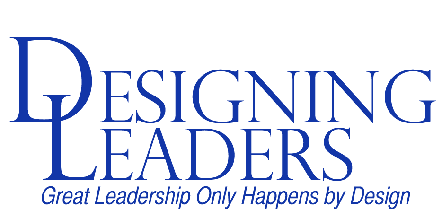Learning From Failure
As I was talking recently with an analyst at one of my clients, he made a very helpful observation about learning:
It’s better to learn from failures than from successes. With a success, the chances you can replicate everything that led to that success are small. But with a failure, you can learn how to watch for problems, plan for contingencies, and mitigate the effects of complications.
He was absolutely correct. There is some value in studying successes, of course; seeing how people look for opportunities, overcome challenges, and build the resilience to see it through until the end. Understanding their planning process can help you create one of your own. It’s helpful to see the process they go through to get from point A to point B. You can learn from someone’s success…but you can learn more from their failures.
Why? Well, when someone else is successful with a particular project or policy, there are many factors that could be different for you. They could have been in an economic boom, while you’re facing a downturn. They could have had their pick of candidates, while you have to take whatever employees you can get. They might have had a rainy day, whereas you come to work on a sunny one. You’ll never be able to recreate all the conditions that contributed to their success, so there’s a limit to what you can learn. Even when you do feel you have found useful lessons, you need to adapt them to your own situation.
Studying failures, though, helps you learn how to look for and recognize emerging problems, teaches you how to plan for contingencies, and gets you to ask questions as you’re going along so you avoid surprises. One of the best ways to improve your chances of success is to reduce your chances of failure, and you can do that better if you understand how failure happens. By looking at something that didn’t work you can identify similar factors that could affect you that you might not have considered, and you can also dismiss those things that aren’t relevant to you.
Consider the example of Google. You can study their use of the “20% time” concept, which has been a great success, but they have designed a workforce with enough people to allow their employees to spend 20% of their time on unusual projects. They have hired highly-skilled people with the self-discipline to work with less supervision, and they have a risk-taking culture that encourages them to try new things that may or may not work. Do you have all of that? If not, there are some limits to how applicable their results are to your own work.
Maybe look instead at the failure of Google Glass (remember Google Glass? If you do, you’re in the minority). That’s a great example of a product that really, really went wrong. Why? Was it ahead of its time? Was it designed the way the designers wanted it rather than the way customers wanted it? Was it poorly introduced to the public? If you can identify bad decisions along the way, you can avoid making similar decisions in your own product design and launch.
Failures offer great lessons that we can apply to our own processes. They provide a useful cautionary tale, especially when the consequences of failure were big. There’s a reason we investigate plane crashes rather than investigating the thousands of planes that make it to their destination safely every day.
One final note: it’s important to look at failures in your own organization, no matter how painful that may be, but you should spend time looking at failures in other organizations, too. Remember, as useful as it is to learn from your mistakes, it’s a lot less expensive to learn from other people’s!
- Posted by
 Dr William Thomas
Dr William Thomas - Posted in Employee Development
 Dec, 11, 2017
Dec, 11, 2017 Comments Off on Learning From Failure
Comments Off on Learning From Failure
Categories
- Book Reviews
- Change
- Communication
- COVID-19
- Creativity & Innovation
- Culture
- Diversity & Inclusion
- Employee Development
- Ethics
- Free Agents
- Health and Balance
- Leader Development
- Leading
- Management
- New Leaders
- Planning
- Recruiting and Retention
- Uncategorized
Archives
- August 2020
- July 2020
- June 2020
- October 2019
- September 2019
- August 2019
- July 2019
- June 2019
- May 2019
- March 2019
- February 2019
- January 2019
- December 2018
- November 2018
- October 2018
- September 2018
- August 2018
- July 2018
- June 2018
- May 2018
- April 2018
- March 2018
- February 2018
- January 2018
- December 2017
- November 2017
- October 2017
- September 2017
- August 2017
- July 2017
- June 2017
- May 2017
- April 2017
- March 2017
- February 2017
- January 2017
- December 2016
- November 2016
- October 2016
- September 2016
- August 2016
- July 2016
- June 2016
- May 2016
- April 2016
- March 2016
- February 2016
- January 2016
- December 2015
- November 2015
- October 2015
- September 2015
- August 2015
- July 2015
- June 2015
- May 2015
- April 2015
- March 2015
- February 2015
- January 2015
- December 2014
- November 2014
- October 2014


 Dec, 11, 2017
Dec, 11, 2017